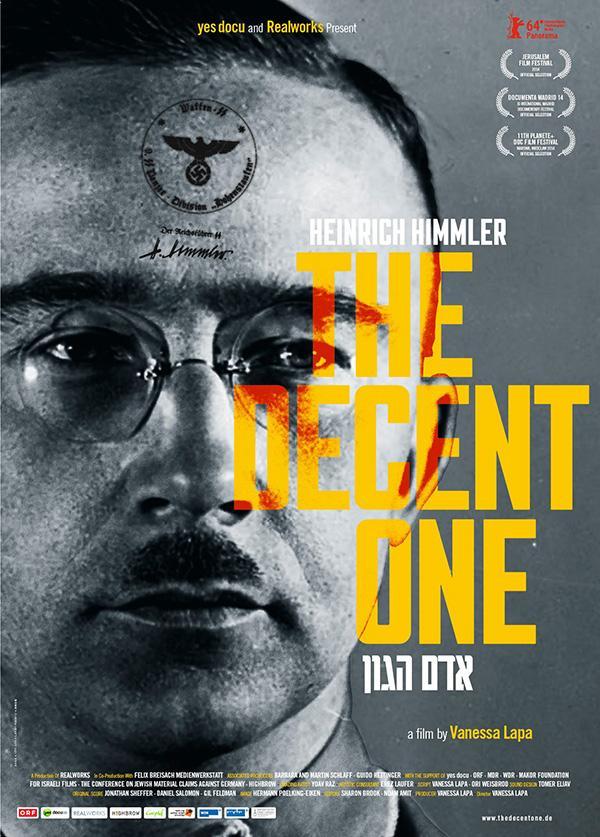Film shows new side to Nazi leader
October 1, 2014
Neither a traditional documentary nor a biopic, “The Decent One” introduces a unique storytelling style, one entirely told through firsthand accounts. The film consists of candid diary entries, letters, family pictures and home videos from the personal safe of Nazi military leader Heinrich Himmler. Although the stylistic choices are strong, the style of the film makes it difficult to classify, and prevents it from standing out as something truly new.
The origin of this unusual documentary, which does not includ talking heads, is the U.S. Armed Forces raid of Heinrich Himmler’s home in 1945. Against orders, the soldiers did not hand over the documents, pictures, files and diaries found during the raid. The film spans most of Himmler’s life, from his first diary entries as a troubled youth and self-contemptuous college student to his courtship of his wife and party activities in Nazi Germany. Most striking in “The Decent One” is the portrayal of Himmler as a human being, albeit one with radical and racist propensities. Considering the way Nazis are often demonized on film, it feels rather peculiar to watch this movie and identify this easily hated person as exactly the opposite of a monster — a man with intense passion for his wife, his children and his country.
That may be the objective of this film — to see the humanity in some of the people who orchestrated the Holocaust, not just the soldiers, the officers and the officials who committed heinous crimes. It forces the viewers to decide whether or not to consider this person a real man or revert back to seeing him as the largest facilitator of the worst genocide in history. “The Decent One” proposes that it is possible to view him with both characterizations.
The film’s style is sometimes effective at portraying this conflict. The score, a selection of classical pieces, was exactly right for the tone — lighthearted when necessary and mysterious at the appropriate times. Visually, Himmler’s home videos present an uncomfortable perspective, making him an evil police chief on the surface, but a sensitive, homesick father on the inside. It is clear, based on his love letters, how much he loves his family, and it remains ambiguous as to how this man could instigate the murder of thousands of families like his.
Yet, the film is too reliant on material from Himmler’s time period — it uses too many home videos, too much stock footage of World War II for visuals and too many voiceovers and orchestral score for audio. Although this is all conceptually interesting, the execution is far from perfect.
Midway through the movie, the storytelling begins to feel repetitive. It becomes a cycle of diary voiceovers, ominous music and black-and-white footage. The subject of the film would have been better conveyed through a book or a TV series that could have been read or seen in parts to avoid repetition.
Still, the film poses troublesome questions, not only about our perception of history, but also our perception of people — whether they are the crimes they commit. These questions are truly worthwhile ones. “The Decent One” creates strong feelings of guilt in the viewer for relating to a Nazi and exposes interesting historical contradictions in the process.
A version of this article appeared in the Wednesday, Oct. 1 print edition. Email Kathy Dimaya at [email protected].












































































































































